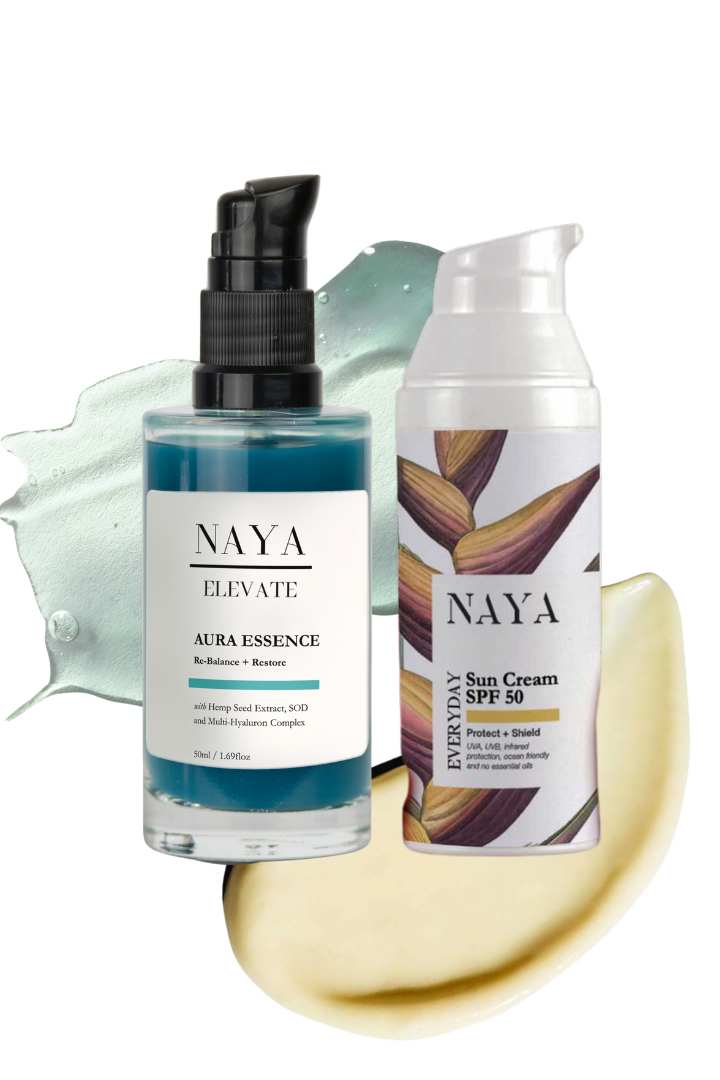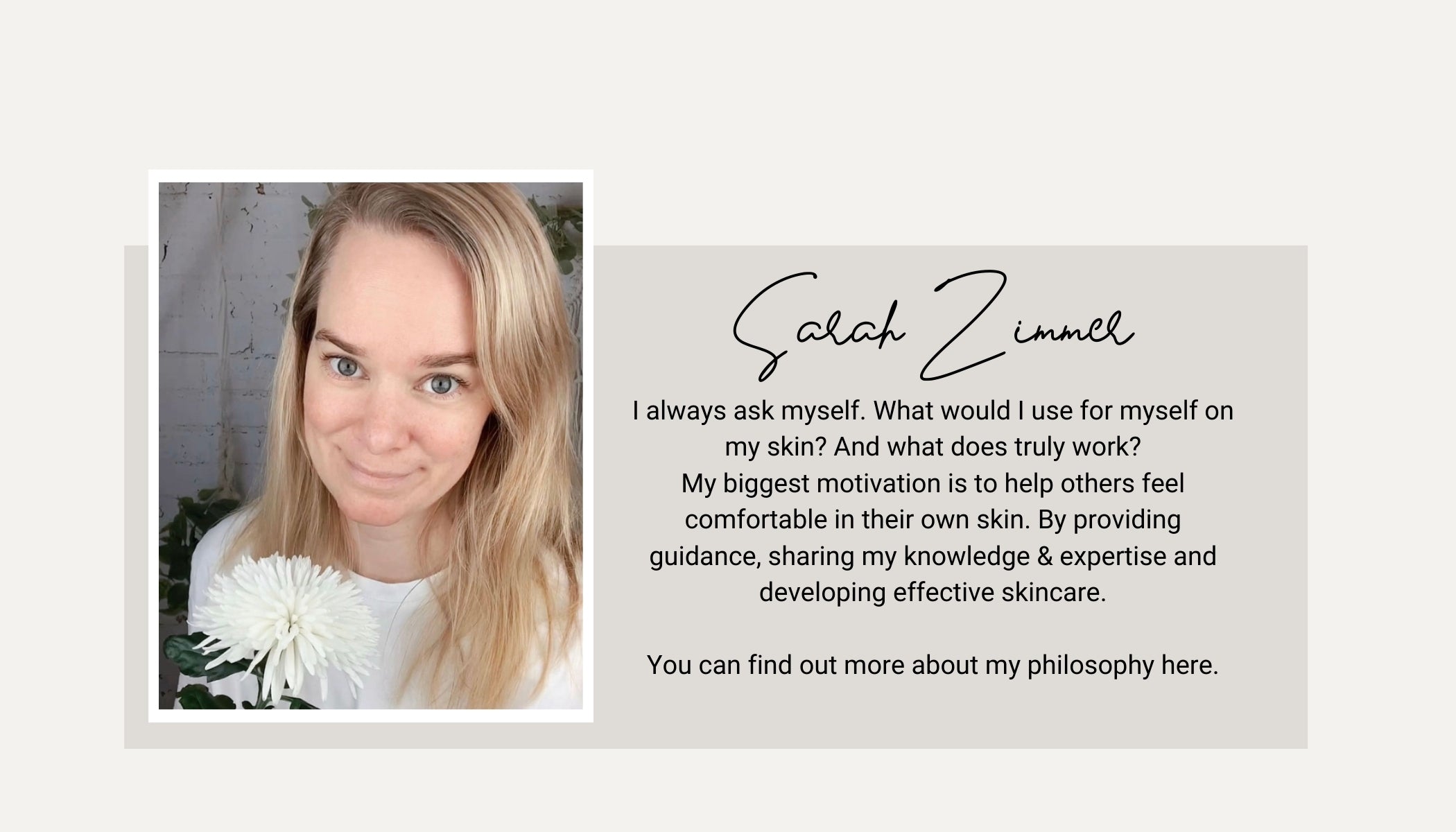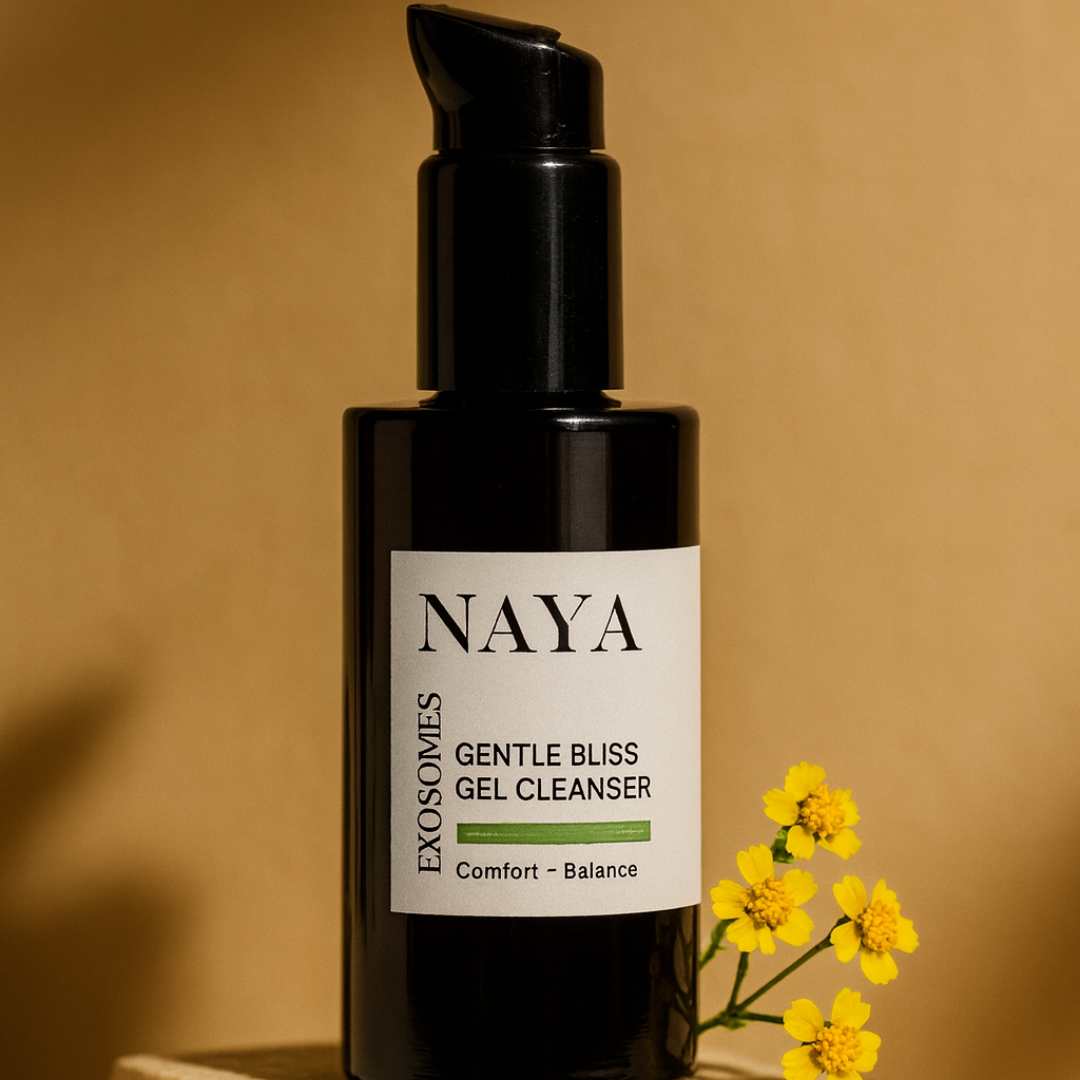Why Your Skincare Pills – And Why It’s Not Hyaluronic Acid’s Fault
The Truth About Hyaluronic Acid and “Rolling” Products
If you’ve ever applied your skincare routine only to find tiny flakes or “rolls” forming on your skin, you’re not alone. Many people describe this frustrating experience as products “rolling off,” and some even go so far as to blame specific ingredients — hyaluronic acid being a common one. We recently received a comment from a customer expressing joy that her new skincare doesn’t “roll,” especially because she believed hyaluronic acid was the culprit. While we’re thrilled that she found something that works, it’s time to clear the air.
Let’s dive into what’s really going on — and why hyaluronic acid might not be the villain it’s made out to be.
Understanding the “Rolling Off” Phenomenon
When skincare products roll off the face, it’s known as pilling. This usually appears as small flakes or tiny balls on the skin’s surface after applying one or more products. It’s not harmful, but it’s definitely annoying — and it can ruin the feel and finish of your skincare or makeup.
However, pilling is not caused by hyaluronic acid itself. Hyaluronic acid (HA) is a humectant — meaning it draws moisture into the skin — and it’s naturally found in our bodies. It’s a widely loved ingredient because it can hold up to 1000 times its weight in water and works across most skin types, including dry, mature, and sensitive skin.
So, why does pilling happen?
The Real Reasons Behind Pilling
There are several factors that contribute to pilling, and most have nothing to do with hyaluronic acid. Yes, so please all of you, stop blaming hyaluronic acid.
Here’s what actually leads to that dreaded roll-off effect:
1. Layering Too Many Products: When you apply several products in quick succession, especially those with silicones, oils, or film-forming agents, they may not absorb properly — causing the top layers to ball up. Those of you that are using BB creams, make up etc - often there is a friction between products that then cause this pilling. And not hyaluronic acid.
2. Not Letting Products Absorb: If you rush through your routine and don’t give each product time to settle, the next layer may not adhere well to the skin.
3. Using Too Much Product: Skincare is not always “more is more.” Using large amounts of serum or moisturizer can cause excess product to sit on the skin, leading to pilling.
4. Ingredient Incompatibility: Some formulations just don’t work well together — especially if you mix oil-based and water-based formulas without proper layering.
5. How You Apply It: Rubbing vigorously instead of patting or pressing can physically disturb the product, especially if the formulation contains film-forming agents or polymers.
Why Hyaluronic Acid Gets Blamed
Hyaluronic acid is found in many skincare products — from essences to moisturisers — so when pilling happens, it’s often the easiest target. But in truth, it’s rarely the cause. In fact, properly formulated HA serums are lightweight and absorb quickly when used correctly.
The reality is that HA is usually just present in products that pill, but not the reason for it. Think of it as being in the wrong place at the wrong time. We all have been there.
How to Prevent Pilling
To make your skincare routine smooth and pill-free:
- Use less product: A pea-sized amount of serum is enough.
- Apply to damp skin: This helps HA absorb better.
- Give products time: Let each layer sink in for at least 30-60 seconds.
- Layer smartly: Go from thinnest to thickest textures (e.g., essences → serum → moisturiser → oil/SPF).
- Gently press: Pat products into the skin instead of rubbing. In particularly oils.
Celebrating the Wins — Without Spreading Myths
We love hearing how our customers find solutions that finally work for them — especially after a long skincare journey. But we also feel a responsibility to share accurate information, so others don’t mistakenly avoid powerful ingredients like hyaluronic acid.
If a product you tried didn’t work for you, it could be due to the overall formulation or how it was layered — not just a single ingredient.
At the end of the day, skincare is personal, and what matters most is how your skin feels and responds. But it’s also empowering to understand the “why” behind the results — so you can make better choices in the future.
We believe in educating and uplifting, not blaming or fearmongering. So the next time you hear that hyaluronic acid causes rolling, you can smile and say, “Actually, that’s not quite true.”











Leave a comment